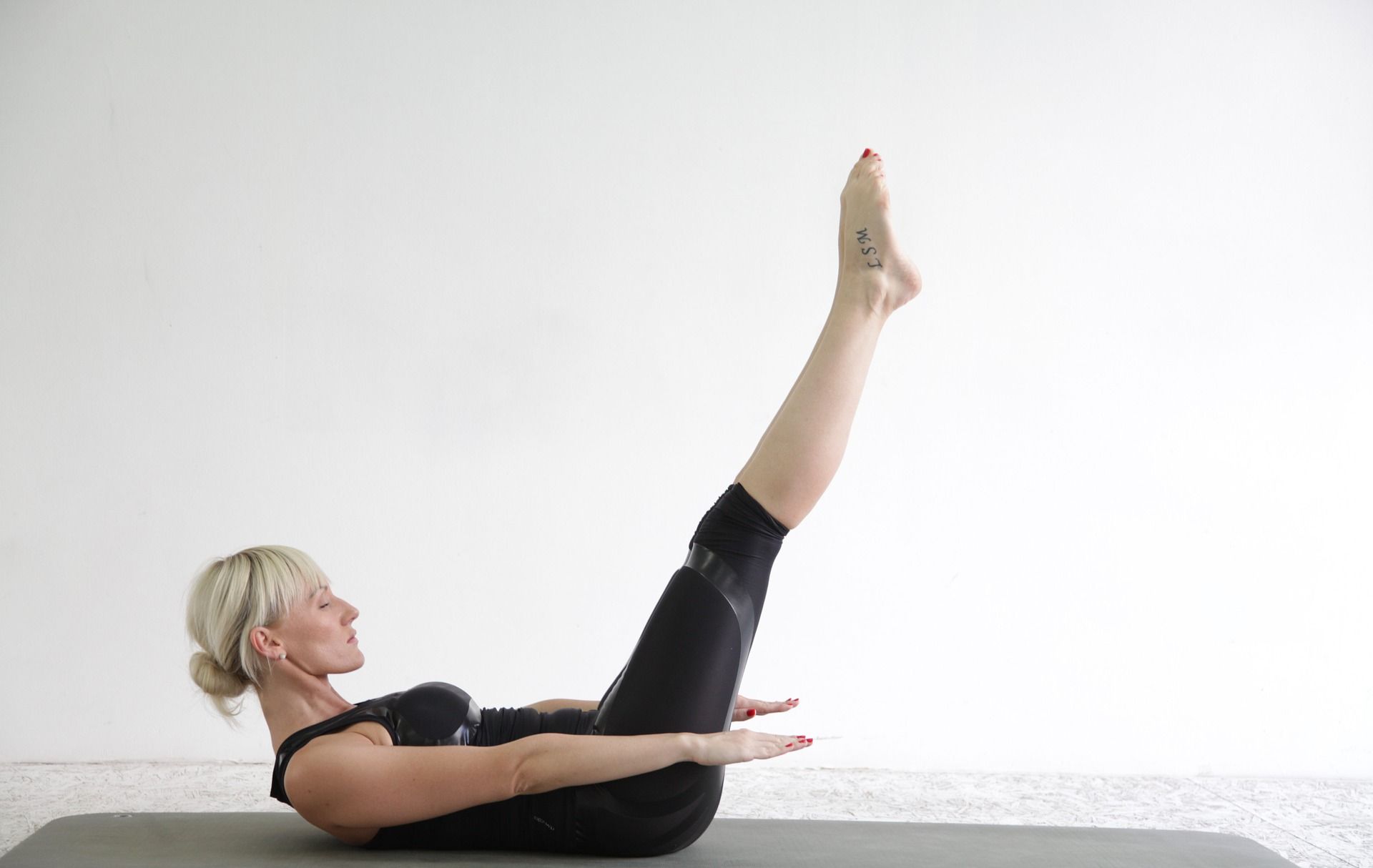
What's the difference between Pilates and yoga? Many of us have asked this question at least once because they seem so similar. People have practiced both for many years, although one does have a more extensive background — Indians created yoga as a spiritual discipline in 3,000 B.C.! Aside from age, these methods tend to feature comparable breathwork and movements.
For the most part, however, that's where the similarities stop. Take a look at what separates them, plus a few essential benefits of each.
The Difference Between Pilates and Yoga
It's important to recognize that Pilates originated as an exercise, while yoga emphasizes philosophical traditions. Here are some facts about each practice so that you can learn more about their differences.
What Is Pilates?
In the early 1900s, Joseph Pilates invented a physical fitness system, which he called "Contrology." This workout later took on his last name. Pilates wanted to create a method that improved health, so he focused on exercises that follow six fundamental principles: breathing, concentration, flow, control, precision and center. Yoga supports a similar belief system but outlines spiritually based rules instead.
Today, Pilates revolves around balance and flexibility through a series of constant movements. While you won't build massive muscles through these steps, you can expect to alleviate back pain and improve body awareness. One of the major benefits of Pilates is that, much like yoga, it's a full workout that includes both physical and mental components.
What Is Yoga?
Though Pilates and yoga share many similar forms, Pilates isn't as spiritual as yoga. For participants who prefer a traditional approach, yoga serves as a way to connect with the universe as a whole. Researchers can trace yoga practices to the 5th century, though experts didn't introduce it to Western countries until the 20th century.
When you practice yoga, it's common to perform a series of movements one at a time. You work on calculated breaths as you inhale and exhale, which helps you incorporate meditation as you exercise. In some instances, yoga isn't as structured or organized as Pilates – and you can decide whether that's ideal for you!
One other note is that yoga as exercise has changed a great deal over the years, especially since it was introduced to the Western world. There are many different styles you can try, ranging from traditional practices focused on breathing and meditation to high-energy hot yoga that keeps you moving and will have you sweating in minutes.
What Are the Benefits?
In general, the benefits of yoga and Pilates are similar, and both will help you build strength, balance and flexibility. Each workout allows an opportunity to improve strength through your mind and body, with both exercises highlighting that mental acuity matters if you want to become more physically fit.
You may find that Pilates works best for exercise, as it engages and tones core muscles. While yoga builds strength as well, its emphasis on breathing and clearing the mind make it a great way to relieve tension and anxiety. You could incorporate both practices to achieve a well-rounded fitness routine.
Try Pilates and Yoga at the Y
At the Gateway Region YMCA, you can enjoy several free group workouts - including Pilates and yoga classes - in person or virtually! If you live within the St. Louis or Southwest Illinois area, explore our membership options today! The Y offers many ways to stay healthy while staying within your budget.